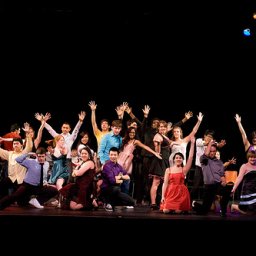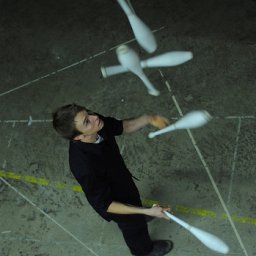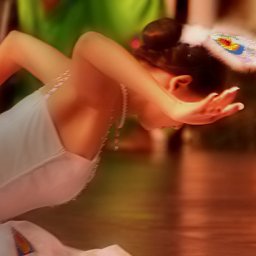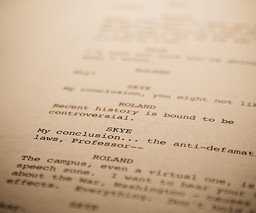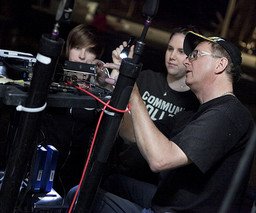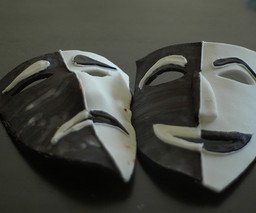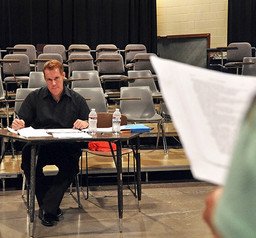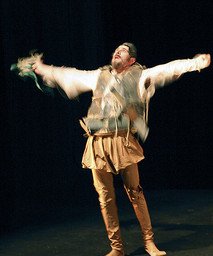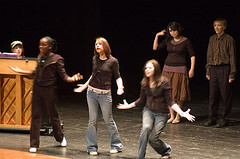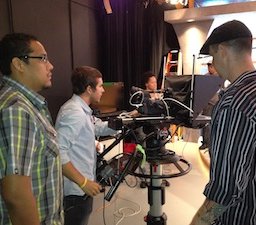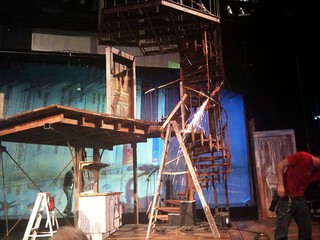 One of the aspects that sets musical theatre acting apart from film acting is the connection between the live audience and the actor; during a performance, it can seem to both parties as if the two groups, the actors and their audience, are all that exist. However, out of sight and behind the scenes is an extensive crew of talented people who the actors rely upon to make the production possible. Here are just a few of the roles that work closely with musical theatre actors, without which the show could not go on.
One of the aspects that sets musical theatre acting apart from film acting is the connection between the live audience and the actor; during a performance, it can seem to both parties as if the two groups, the actors and their audience, are all that exist. However, out of sight and behind the scenes is an extensive crew of talented people who the actors rely upon to make the production possible. Here are just a few of the roles that work closely with musical theatre actors, without which the show could not go on.
Choreographer
A choreographer is often thought of as simply the person who creates dance routines. However, this is a very basic and incomplete job description. In musical theatre, the choreographer is responsible for creating the sequences of dance and movement that bring the story to life. They must have an in-depth knowledge of musical theatre, including acting, theatre production and score composition. In fact, they often supplement their formal dance training with an education in a musical theatre school or program. Choreographers in musical theatre must work closely with the musical director, set design department, and the show’s director, and will often be working with a large group of actors with a wide range of dance ability.
Stage Manager
The stage manager is in charge of the works closely with the director, and is in charge coordinating and managing the logistics of the theatre company. In addition to scheduling meetings and rehearsals, stage managers are also in charge of recording all blocking notes for the actors, helping to plan and coordinate set changes, and even calling out cues for actors during performances.
Set Designer
While the actors help tell the story with their words and movement, it is the set designers who create the mood, atmosphere and setting that let the audience truly escape into and feel as though they are in the scene. Set designers responsible for working with the director and technical design teams to conceptualize and then develop the physical environment that brings the story to life.
Music Director
Generally, the music director in a musical theatre production is responsible for every music-related aspect of the production, from auditioning musicians and rehearsing with the orchestra to teaching and coaching the singers. If the song difficulties are not at a comfortable level for every singing actor, the music director may be tasked with adjusting the score. Often, their responsibilities will include conducting the orchestra.
Costume Designer
The costume designer’s role is to create clothing and garments for the actors that appropriately depict the setting and time period of the performance as well as the role and personality of the characters. However, the costume designer’s work does not take place in a vacuum. They must work closely to collaborate with various members of the production team, including the director, makeup artists, set designer, lighting designer, choreographer – and, of course, actors. Their designs must not only be aesthetically appropriate, but also have to take practical factors into consideration; the costumes must coordinate with the set, allow actors to move and dance freely, and be able to be removed and put on in time for scene changes.
Still Have More Questions?
KD Conservatory has acting, musical theatre, and film production programs to help prepare students for careers in the entertainment industry. Contact us with any of your questions, or check us out on Facebook for ongoing updates and information!


